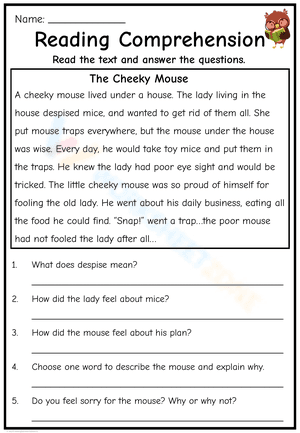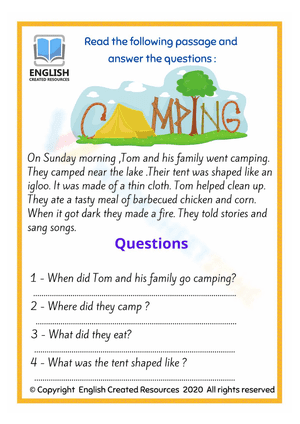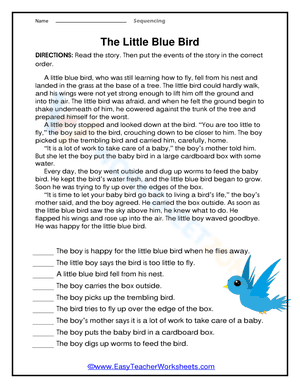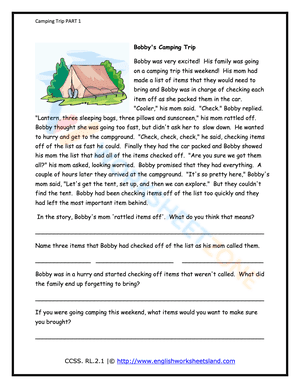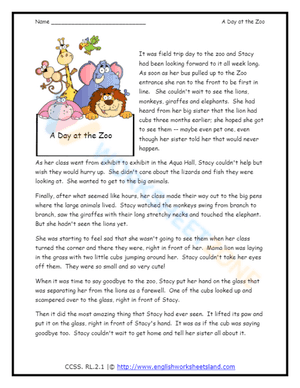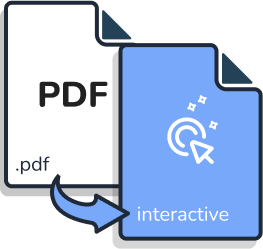Learning to play the piano or ride a bike is a difficult task. Comprehending a text is no less challenging for numerous individuals. Support your pupils by providing them with a range of solutions to help with the assignment in order to make it achievable. This group of unit strategies works together to develop proficient readers who can form meaningful connections with texts. There are several ways for students to apply reading strategies, including reading comprehension guides, visual organizers, and creative expression.
In this article, we will provide you with information about an effective reading method - reading comprehension worksheets.
What is Reading Comprehension?
The capacity to comprehend spoken or written language is referred to as comprehension. The capacity to identify individual words is not the same thing. Reading without understanding the meaning of the words you read does not accomplish the objective or aim of reading, which is to increase one's knowledge of the material being read.
Assuming, for instance, that a teacher hands a student some reading material to go through. The youngster is able to read the full chapter, but when asked to describe what was read, they have no idea what was being discussed. Reading material only becomes meaningful when it has been comprehended.
Reading comprehension is achieved when the words on the page represent more than just words but also concepts and thoughts. Reading becomes an activity that is not only educational but also pleasant when comprehension is achieved. It is necessary to have it in order to do well in school, on the job, and in life in general.
5-Step Reading Comprehension Strategies
To improve one's level of understanding, one might use a variety of tactics. When using these tactics, having patience and a willingness to receive ongoing direction are required. When you are dealing with youngsters, it is important to remember to demonstrate how to use the method and to give guided practice. Reduce the amount of advice you provide gradually as their abilities improve. The end aim is for the youngsters to use the tactics without conscious thought.
The following are some methods that may be used to assist in the development of children's reading comprehension:
Predicting
In order to use this method, you will need to ask the children to make educated guesses based on what they learn from the tale or the text. In order to produce accurate predictions, you need to consult the opinions of youngsters on possible outcomes. The information that is seen, heard, or read in relation to the book's cover, title, illustrations, drawing, table of contents, and headers is used as the basis for making predictions.
If a question like, "What do you believe this publication would be about?" is posed to you, what do you say? or "Now what you anticipate is going to take place if/when..." When replying, youngsters often make educated estimates or projections. Establishing a reason for reading as well as building interest and comprehension in the content is accomplished via prediction.
Through connecting, pondering, and modifying their predictions, this technique keeps youngsters actively involved in the learning process.
Analyzing Text Structure
For this, pupils must develop their ability to decipher or evaluate text structure. Students are instructed to recognize the structure that authors use to arrange their content. This might take the shape of a list, web, matrix, cause-and-effect pattern, issue pattern, or other descriptive patterns. Students are able to understand the data if they are aware of the manner in which it is provided.
Since each text structure is unique and requires time to understand, it is crucial to teach pupils all of its patterns. Additionally, subcategories, labeling, descriptions, charts, infographics, and other features that aid in better understanding the content should be provided to the pupils.
Making Connections to Previously Acquired Knowledge
To make links to one's existing knowledge, one must first connect a new thought to experiences and information that one has already accumulated. It is necessary to engage the youngsters in making connections between their own lives and aspects of the tale. The purpose of this activity is to encourage students to make use of their existing knowledge in order to better comprehend the content that they read. Prior knowledge may consist of a person's experiences as well as their familiarity with words, locations, creatures, or events.
For instance, the students are familiar with the term "bones" as a result of a prior conversation on bones that took place as a direct result of a fellow student's broken arm. When they encounter a new word, like "skeleton," their existing understanding of bones will be drawn upon to assist them in comprehending the meaning of the new term.
The first step in the process for children is drawing parallels between what they've read and their own lives (text-to-self). As kids become older, they begin to see similarities between the many books, texts, and concepts that they have encountered and begin to make connections between them. In other words, you should encourage children to establish connections between the text and themselves, other texts, and the world before, during, and after they read in order to improve their understanding.
To be more specific, before reading the material, having a conversation with the children about any new or challenging vocabulary terms might assist enhance their level of understanding. After that, students are able to draw upon their existing understanding of the new words while they are reading.
Visualizing
Reading comprehension may also be improved by using the approach of visualizing the material being read. It is necessary to stimulate children's imaginations so that they can form a picture in their heads based on what they read in the text. Children are able to form mental images of what they are reading about.
Children are better able to comprehend the material they read, retain the specifics of what they experienced, and make meaningful inferences from the information they took in. For instance, you may have the students sketch something based on what they have read.
In addition, while you are reading a paragraph to youngsters, you should request that they shut their eyes and pay attention. Request that they visualize what the words are describing in the form of a movie in their head.
Summarizing
During the reading process, students are encouraged to locate the text's overarching concept and then rephrase it in their own words as part of this particular tactic. The children are tasked with sifting through the data in order to evaluate which aspects of the material are significant and which are not. They extract the most vital information from the passage, restate it in their own terms, and do it while using as few words as is humanly possible.
This tactic should not be used only toward the conclusion of the narrative. Instead, kids should be taught to summarize what's going on in the tale as it goes along.
How are Reading Comprehension Worksheets Helpful?
Worksheets that test reading comprehension are an excellent resource for parents to provide for their children. They will have the chance to demonstrate what they know by applying their reading comprehension abilities in this activity. Your children may demonstrate that they comprehend what they are reading by coloring in and drawing on each of the seven pages that are provided.
These reading comprehension worksheets are entertaining and interesting, making them perfect for use in the classroom or by those who prefer to study at home. When children's reading comprehension is improved, they will be able to engage with a wider variety of texts and experience more active engagement from reading.
Optimizing Reading Comprehension Worksheets with Worksheet Zone
Reading comprehension worksheets of the highest quality, carefully crafted by our staff for children of all grade levels, may be found on our website Worksheet Zone. The application of critical thinking abilities is encouraged at every level because of the use of our worksheets.
The majority of the questions require the reader to demonstrate knowledge of deductive reasoning, the ability to draw conclusions, logical reasoning, sequential analysis, tone consciousness, and a comprehension of the scope of the issue. Certain questions ask the reader to search the passage for specific details.
The reader will benefit tremendously from the addition of these resources to their education, particularly with regard to their verbal reasoning and critical thinking abilities. In addition to this, the resources may be used by pupils of any age or aptitude level.
Get Printable Comprehension Question Worksheets
The ability to comprehend and discuss what has been read is the next step on the road to being literate after mastering the skill of reading on one's own. Reading Comprehension Worksheets The major emphasis of our reading comprehension worksheets is on the development of this important ability.
Students of all ages will think that reading comprehension worksheets strengthen a wide range of literary skills, such as identifying patterns, narrative structure, cause and effect, and the distinction between similes and metaphors. These worksheets can be found in addition to convincing escapist fiction, some of which are popular children's fables (and how to use them).
Reading Comprehension Worksheets with the Goal of Fostering Readers
There is nothing more entertaining than seeing a child go to a bookcase, grab a book, and then settle down to read the whole thing from beginning to end. However, being able to read well requires a great deal more than just the act of reading on its own. There are many other factors involved. For instance, growing one's vocabulary and having a solid grasp of the many different literary approaches available are two essential aspects of becoming a well-rounded reader.
Young pupils are guided step-by-step through the years-long process of maturing into competent and self-assured readers with the help of our reading comprehension worksheets (and, by extension, writers). Students of all grade levels will find that our reading comprehension worksheets are both interesting and informative. These ELA worksheets begin with bedtime stories for children and go all the way up to large nonfiction books that are mandatory reading for older students.
In addition, as students go from one grade to the next, they have access to worksheets that reinforce several topics, including narrative sequencing, character development, inferring, perspective, and comparison and contrast.
Because reading ability differs from kid to child, it is important to choose worksheets that are appropriate for each student according to their reading level. They should be challenged, but you shouldn't completely overpower them.
Above is the full information regarding the reading comprehension worksheets, which can be applied as an effective method during the process of reading. We hope that this article can be beneficial for you.
